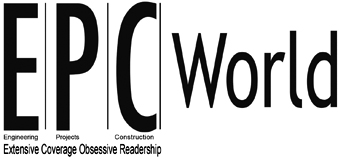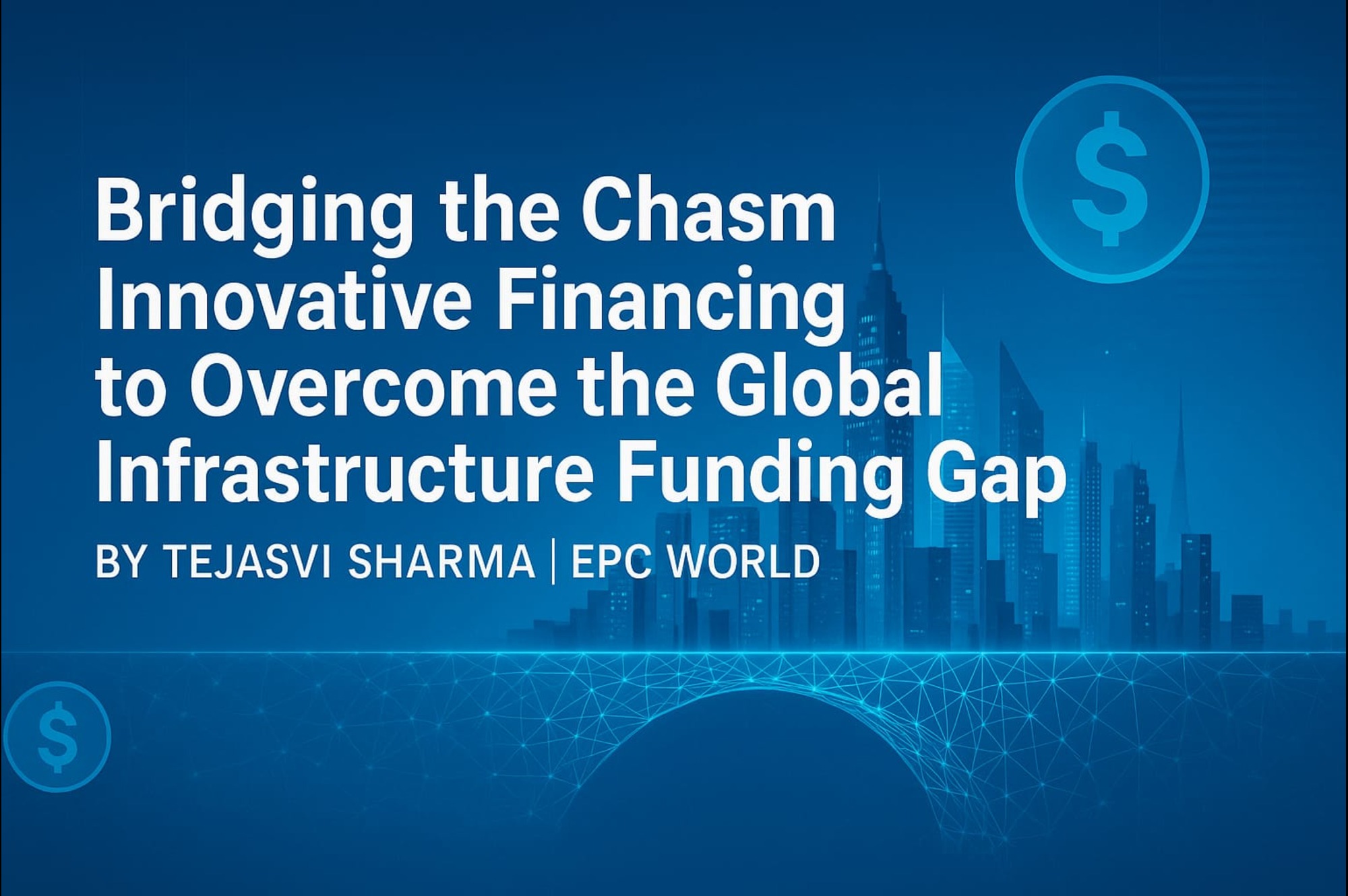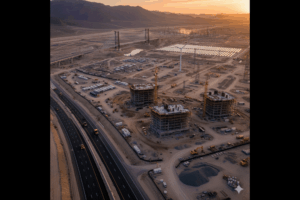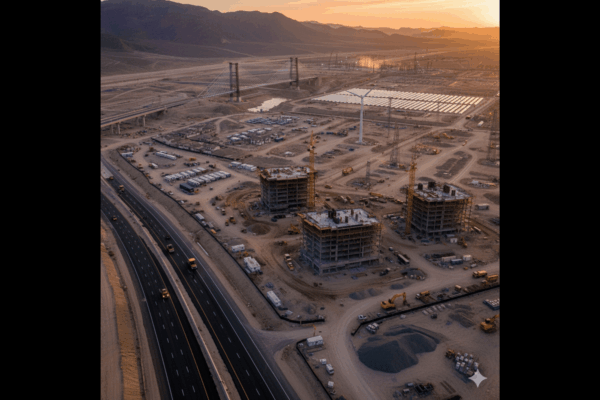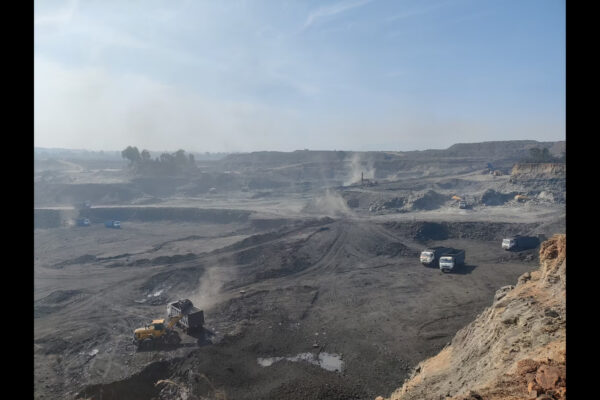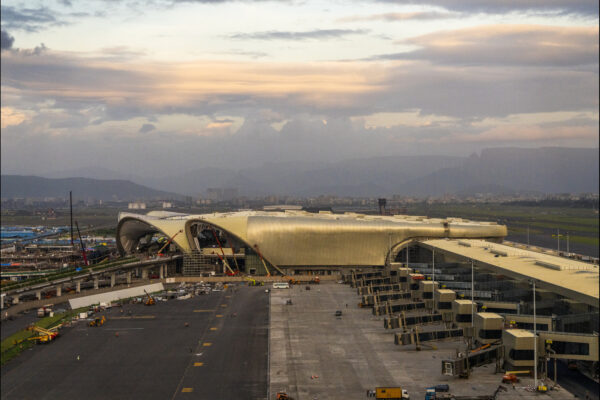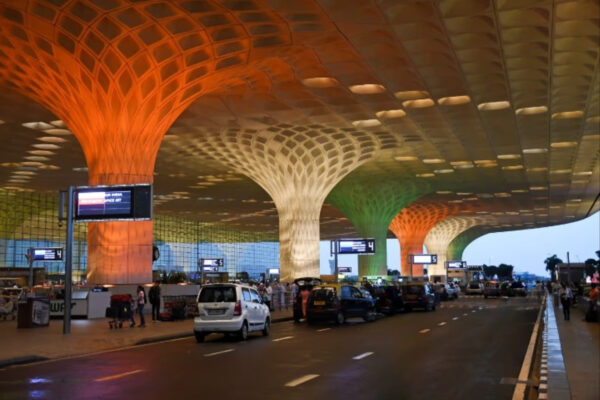Bridging the Chasm: Innovative Financing to Overcome the Global Infrastructure Funding Gap
by Tejasvi Sharma, Editor-in-Chief, EPC World
In the grand theatre of global development, infrastructure remains both the stage and the scaffolding of progress. Yet, a silent crisis looms—a yawning funding gap that threatens to stifle the aspirations of nations. To meet the twin imperatives of climate resilience and economic growth, the world requires over US $5 trillion in annual infrastructure investment, a scale of capital mobilisation never before witnessed. However, current flows are insufficient, leaving a $15 trillion shortfall by 2040, according to global estimates. This shortfall is not merely a financial statistic; it represents roads unbuilt, cities unprepared for climate shocks, and economies trapped in cycles of inefficiency.
The Scale of the Challenge
The infrastructure landscape is evolving at an unprecedented pace. Urbanisation is accelerating, populations are swelling, and the need for sustainable energy and resilient transportation networks is becoming existential. Climate change compounds the challenge: rising seas, extreme weather events, and shifting agricultural patterns all demand significant adaptation measures. The traditional funding mechanisms—government budgets, multilateral loans, and sovereign bonds—are struggling to keep up with this demand.
Developing economies face the sharpest pinch. While the Global North can rely on deep capital markets, the Global South often encounters high borrowing costs and limited access to private financing. This disparity has created an uneven playing field, threatening to widen the infrastructure divide between rich and poor nations.
The Rise of Blended Finance
Blended finance, a concept that once lingered on the periphery of infrastructure discussions, is now gaining centre stage. At its core, blended finance uses public or philanthropic capital to de-risk projects, thereby encouraging private investors to participate in ventures they would otherwise deem too risky. For example, a green energy project in Sub-Saharan Africa might attract a development bank’s guarantee, reducing the perceived risk for commercial lenders and equity partners. The beauty of this model lies in its ability to unlock capital that would remain idle in the absence of risk-sharing.
Blended finance is not a theoretical construct—it is a proven approach. The Global Infrastructure Facility (GIF) and initiatives under the Sustainable Development Goals (SDGs) have demonstrated how a relatively small infusion of public capital can crowd in billions in private investment. As climate commitments tighten, this model will likely become a cornerstone of future funding strategies.
Public-Private Partnerships: The Collaborative Path
Public-Private Partnerships (PPPs) have matured beyond mere contracts. Today, they represent complex ecosystems where governments, private companies, and financial institutions collaborate to design, build, finance, and operate infrastructure assets. From highways in India to desalination plants in the Middle East, PPPs have become a template for risk-sharing and value creation.
However, PPPs demand transparency, robust legal frameworks, and an equitable distribution of risks and rewards. Countries like Canada and Australia have excelled in institutionalising PPP models, while emerging economies are experimenting with hybrid structures to adapt these models to local realities.
The New Frontier: Infrastructure Tokenization
Perhaps the most exciting innovation in the financing landscape is infrastructure tokenization—a process of converting the ownership of physical infrastructure assets into digital tokens on blockchain networks. This approach promises fractional ownership, allowing smaller investors, including retail participants, to invest in mega-projects traditionally accessible only to institutional giants. Tokenization can unlock global capital flows, increase liquidity, and enhance transparency in infrastructure financing.
A pilot project in Europe recently showcased how tokenizing a renewable energy facility could reduce transaction costs while offering real-time performance tracking to investors. Though still in its infancy, tokenization hints at a future where capital markets for infrastructure become as democratized and dynamic as those for equities.
The Road Ahead
Bridging the global infrastructure funding gap will require an alchemy of innovation, collaboration, and bold policy interventions. Governments must create conducive regulatory frameworks to attract private capital, while multilateral institutions must evolve from being lenders to becoming catalysts of risk mitigation. Investors, too, must shift their mindset—viewing infrastructure not merely as a long-term, low-return asset class, but as a dynamic field of innovation and sustainability.
The stakes are existential. Every dollar under-invested today translates into vulnerabilities that will echo for decades—whether through deteriorating bridges, unprepared coastal cities, or energy systems unable to meet the needs of a digital economy. Yet, the solutions are within reach. By harnessing blended finance, PPPs, and tokenization, the world can transform the funding gap from a crisis into an opportunity—a chance to redesign infrastructure not just for growth, but for a resilient and equitable future.
Tags
